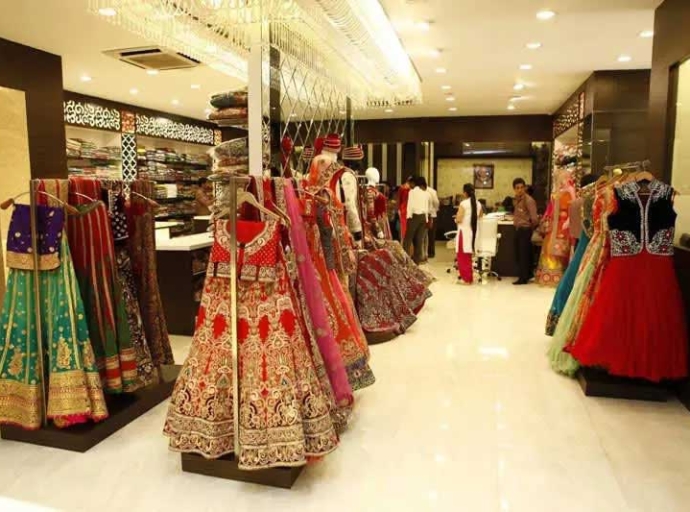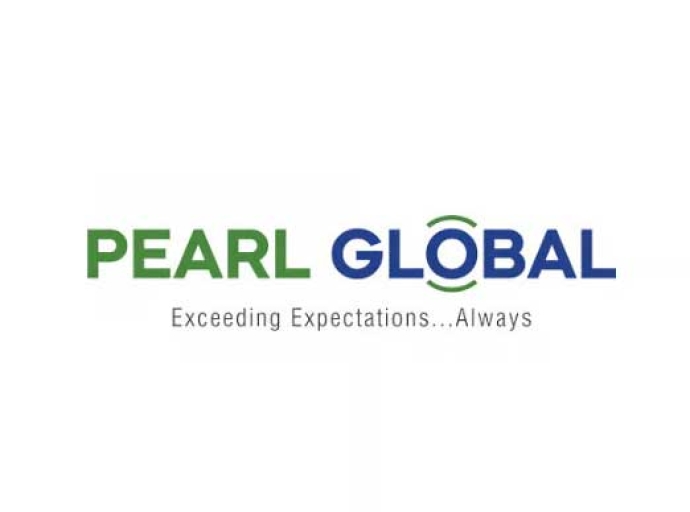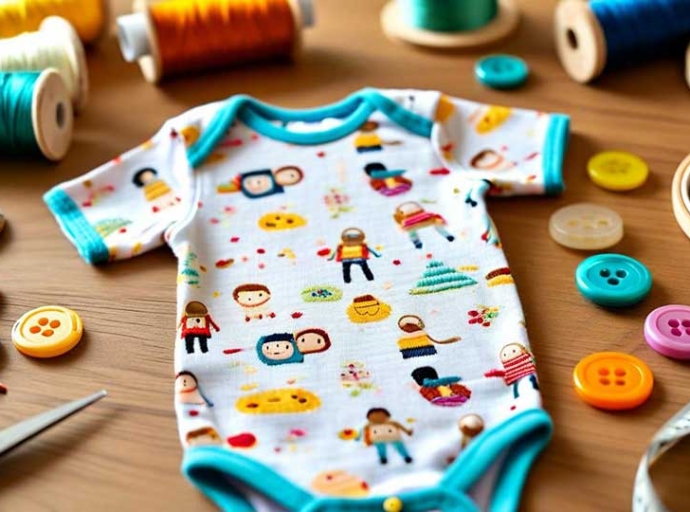India: A rising star in global fashion industry, predicts State of Fashion 2025 report

12 November 2024, Mumbai
Despite global economic headwinds, India's fashion industry is set to explode in 2025, driven by a potent mix of economic expansion, a burgeoning middle class, and a growing preference for homegrown brands. This is according to a recent report by The Business of Fashion (BoF) and McKinsey & Company, which paints a vibrant picture of India's fashion future.
Economic Engine and Consumer Powerhouse
India's economy is projected to grow at a robust 7% year-on-year, outpacing all other major economies. This positions India to become the world's third-largest consumer market by 2027, presenting a massive opportunity for both domestic and international fashion brands.
|
Retail sales year-on-year growth 2025E |
Non-luxury |
Luxury |
|
India |
12 to 17 |
15 to 20 |
|
US |
3 to 4 |
3 to 5 |
|
Europe |
2 to 4 |
1 to 3 |
|
China |
2 to 4 |
-3 to 0 |
Source: McKinsey Fashion Growth Forecasts 2025
This impressive growth is fuelled by several factors:
• Expanding Middle Class: India's middle class is predicted to reach a staggering 1 billion by 2050, representing a massive consumer base with increasing disposable income.
• Youthful Demographics: With 66% of the population under 35, India boasts a young and trend-conscious consumer base eager to embrace new styles and brands.
• Digital Surge: Increased internet penetration is accelerating fashion trends, boosting e-commerce, and providing brands with new ways to connect with consumers.
Domestic Brands Shine, International Brands Expand
A significant trend highlighted in the report is the growing preference for domestic brands among Indian consumers. Over 50% now prefer homegrown labels, a 35-percentage point increase from 2011. This preference is particularly strong in the non-luxury segment, where local brands specializing in traditional wear have a strong foothold.
However, international brands continue to hold sway in the luxury segment. Brands like Mango, Decathlon, and Bulgari are actively expanding their presence in India:
|
Brand |
2023 Store Count |
2025 Projected Store Count |
|
Mango |
110 |
120 |
|
Decathlon |
110 |
190 |
|
Bulgari |
12 |
20+ |
Case Study: Myntra - Bridging the Gap
E-commerce platforms are playing a vital role in the growth of India's fashion industry. Myntra, a leading Indian fashion e-commerce platform, is helping global brands reach millions of consumers.
"India is a unique country which has both sourcing as well as consumption capacity," says Nandita Sinha, CEO of Myntra. "This is where the value for international brands becomes extremely lucrative, where they can reach out to this large base of customers in a manner that taps into the supply potential of the country as well."
Myntra offers a variety of features to attract and engage consumers, including influencer-led content, personalized recommendations, and a premium shopping destination called Myntra Luxe.
Challenges and Opportunities
While the outlook is bright, international brands must navigate certain challenges:
• Limited high-quality retail real estate: "For the size of the country, there are limited high-quality tier-one malls," notes Sinha.
• Complex regional nuances: India's diverse cultural landscape requires brands to adapt their strategies to different regions and consumer preferences.
• High apparel import taxes: These taxes can make it more expensive for international brands to compete in the Indian market.
• Last-mile delivery hurdles: Ensuring smooth and efficient delivery to consumers across India's vast and varied geography can be challenging.
Despite these challenges, the rewards for those who succeed are significant. By understanding the nuances of the Indian market, forging strong local partnerships, and embracing the power of e-commerce, international brands can capitalize on India's immense potential and establish a strong presence in this dynamic and rapidly growing market.
Latest Publications

































